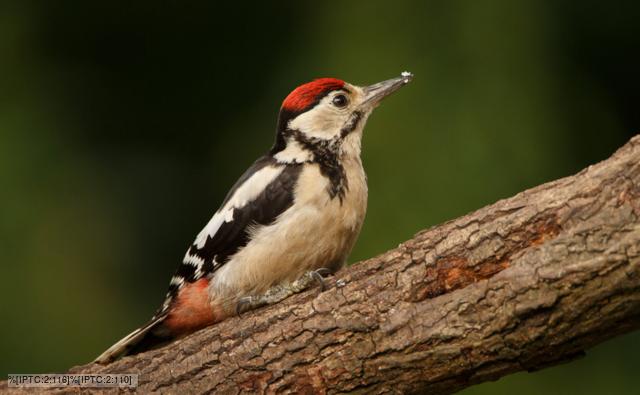Blocking The Cagebirds
David Campton’s text has very little in the way of stage directions, and those that are there are more suggestive than they are definitive. For example “the ladies are all aflutter. They make little nervous movements, sometimes sneaking up behind The Wild One and peeping over her shoulder, sometimes taking a completely aimless turn around the room” (Campton 1976, p. 17). This is a solid example of the stage directions in Campton’s play, there is a lot to play with in the text and this is the main reason I wanted the opportunity to direct the play.
From the very beginning of the process I knew that I wanted each of the caged birds to have a ‘nesting’ area, a part of the stage that was their particular area. Then after some careful consideration of character I decided on the placings of these areas.
The characters were placed according to their obsessions. I positioned Gloom and Guzzle on the floor downstage right and left respectively, because their obsessions are perhaps the least desirable. Centre stage right became the nesting area of Gossip because her obsession with conversation titbits is an undesirable trait, but it is slightly above gluttony and hypochondria. Twitting was placed centre stage left, her inability to make a decision was therefore represented by her position between downstage and upstage, centre stage is a liminal space. It is neither upstage nor downstage, and her position indicated an inability to commit to either area. Gazer and her raised position centre stage right, (originally on a high stool or table but later replaced by the set design team’s suggestion of a chair on top of a rostrum), granted her the highest position on the stage. The character is obsessed with beauty and her own image, and therefore she values herself above the other birds, her raised height allowed a visual representation of this status. Finally, Thump sat on a chair upstage right granted him a slight height advantage over the lesser birds, his knowledge about the outside world being far more developed and his grandfather figure within the group allowing him this. However his bigoted behaviour resulted in his position below Gazer. These areas allowed for the foundations of my blocking.
To compliment these nesting areas I decided that I wanted each character to have props that related to their character’s obsession which also enabled the actors to permanently interact with something throughout the very static portions of the play. The amount of props that each character had in their space was also relative to how long I thought they’d been in the cage, for example Twitting only had a set of rosary beads, which she ultimately wore around her wrist as there is a moment where The Mistress asks ‘remember when I first introduced our little Twitting’ (Campton 1976, p. 6). This moment suggests that she is the newest bird to the cage, which perhaps explains her nervous behaviour. At the other end of the scale then, Thump had piles upon piles of hardback books, this not only related to his knowledge but also to the fact that as the oldest bird in the cage, he had also been captive the longest.
Once the areas and props had been established I began to work on moving the characters. Of course The Wild One’s blocking was simple, she began to flit about the cage attempting to address the birds in turn and many of these movements were indicated within the text by which character she would receive a response from. However the moments of chaos in which the caged birds become flustered were challenging. I found that I was unable to effectively block these moments without being able to move the actors around in a space and therefore much of this direction was created within rehearsal. I would start a rehearsal trying out an idea that I had and discovering it did not work. Then I would spend time trialling many different ways before ultimately leaving having established something completely different to my original idea, but I found this method to be most useful. I could develop a series of plans outside of rehearsal time and try them all out within the space.
Of course, my intentions were to remain true to The Absurdist style of the play, and although much of this was developed within the characterisation it was important that the movement of these birds was also absurd. Once the basic blocking was established I began to encourage the actors to become more absurd in their movements. We spent several sessions trying to develop interesting walks and physical oddities for each of the characters. This instantly relieved some of my initial problems with the static nature of the play. The birds, I decided, should move continually even when they were in their nesting areas. The actors were originally quite uncomfortable in doing this, but it was entirely necessary for the absurdist style. To resolve this problem I incorporated these bird-like movements into a workshop styled rehearsal. We spent some of the time walking in a space recreating bird noises, and then this slowly progressed until the whole body was involved. After this the actors became much more comfortable to behave in this way, they had simply needed reassurance that nobody was going to laugh at them.
Works Cited:
Campton, David (1976) The Cagebirds: A Play, London: Samuel French

























































